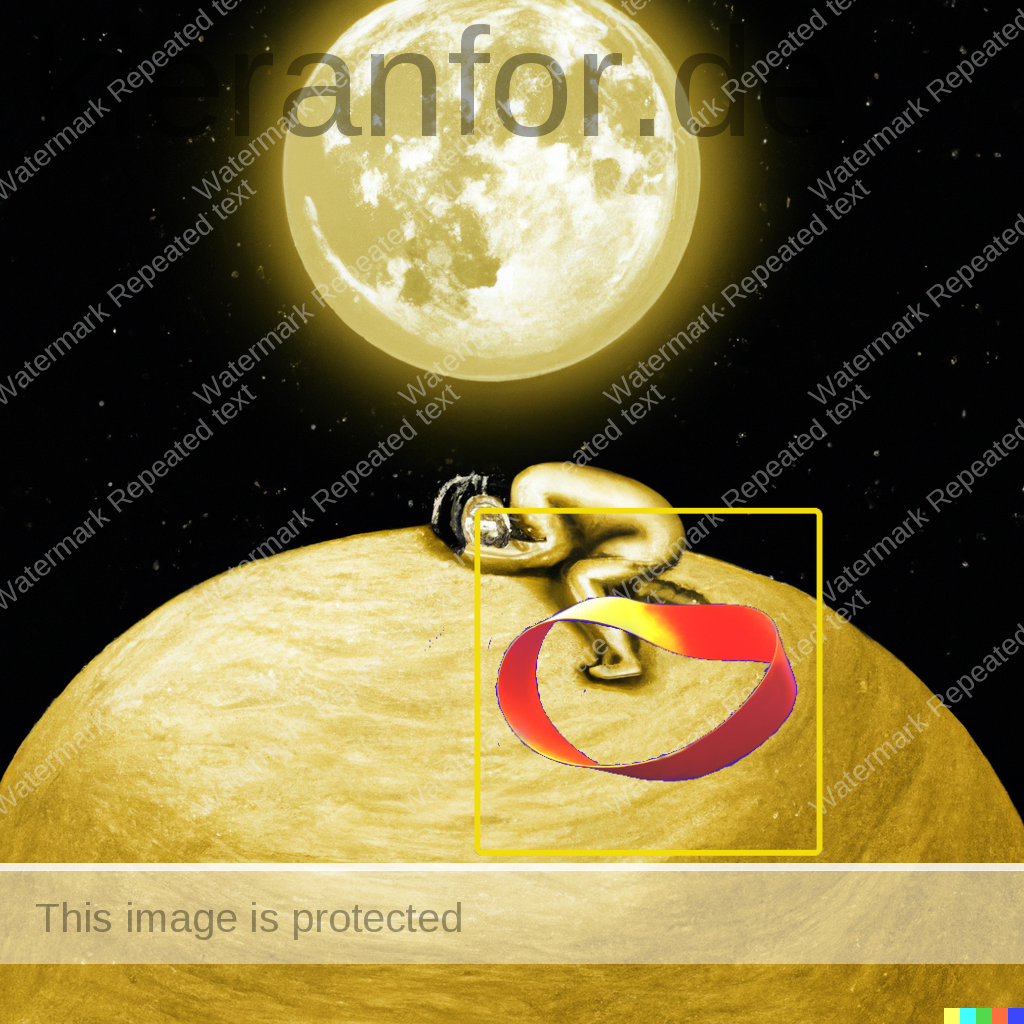Header image: KF in Dall-E
Muls, J., Thomas, V., De Backer, F., Zhu, C., & Lombaerts, K. (2019). Identifying the nature of social media policies in high schools. Education and Information Technologies, 25, 281– 305. https://doi.org/10.1007/s10639-019-09971-7
The existence and extent of social media visions, policies and guidelines in high schools in Flanders (Belgium, Europe) and how these policies are embedded in the schools.
47 high schools: Results show a wide variety of guidelines amongst schools.
- schools often experience struggles in determining their position within the social media debate.
- this study provides input for the design of more coherent school policy decisions facilitative to social media’ use and consequently, contributing to the wellbeing of both students and teachers in high schools.
- Researchers hold, for example, different conclusions with respect to the teacher-student relationship and whether to ‘befriend’ a student, as SNSs might contribute to a blurring of boundaries between professional and personal roles (Sugimoto et al. 2015).
- Several school districts in the USA, for example, banned student-teacher relationships on SNSs (Hershkovitz and Forkosh-Baruch 2013).
- The New York City Department of Education (2012) prohibited online student-teacher connections in order for teachers “to maintain a professional and appropriate relationship with students”.
4.3.2 The online teacher-student relationship
- Schools that prohibit an online relationship seem to fear potential dangers. For example, the amount of information students may obtain from their teachers through social media and eventually use against them. An interviewee indicated the importance of keeping a safe distance: “Most teachers keep their students at a safe distance, and I think that’s also the smartest thing to do” (N°15).
- None of the school regulations for students noted the online teacher-student relationship. When referring to this relationship, most schools point to the teachers’ responsibility in this matter (e.g., by including the prohibition in the general description of the teachers, refer to quote N°9). Schools assume teachers behave in a responsible way, which is part of the teacher’s professionality: “Most teachers keep some distance and do not have students as their friends. Maybe this should be written down once, but actually, that is professionalism. These are your students and not your friends” (N°10).
- In discussing the online teacher-student relationship, it is noteworthy to stress how respondents speak in terms of danger and safety. The schools’ regulations were in line with the suggestions of Wang et al. (2014) to restrict and be careful with regard to online teacher-student contact. Furthermore, schools seemed to rely on the ‘teacher’s professionality’ to avoid becoming friends with students on Facebook. Reverse reasoning would imply that teachers who are friends with students do not pursue a professional attitude.
- However, following Mazer et al. (2007), we would like to stress several potential benefits.
- …schools must engage in the debate on social media and define their approach to social media related affairs. Calling students, teachers and staff to account is easier when a school can fall back on a social media policy. It may be a single document or adopted in existing policies (e.g., bullying policy or a privacy policy), where other policies and laws may also be applied to online social spaces (Junco 2011). Advisably, schools pursue a ‘better safe than sorry’ policy instead of waiting until problems occur.

